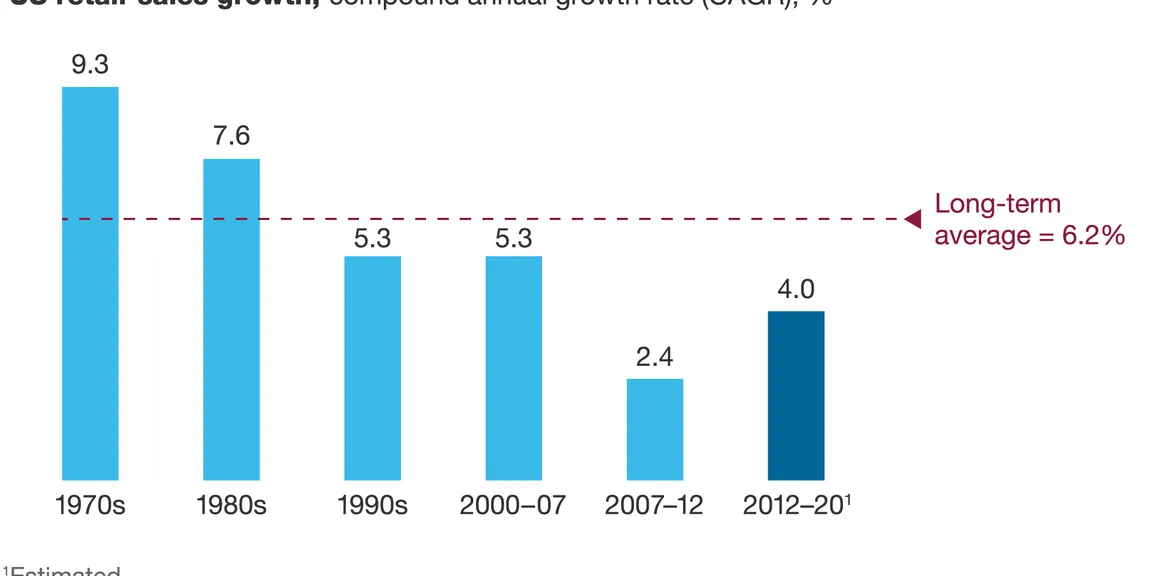

5 selling channels between merchants and consumers by 2020

The digitization of society instils a new dynamic. With 60% of people using the Internet on their mobile, consumers are no longer satisfied with a low-priced product and also want recognition of their individuality and a multiplication and simplification of contact points and payment methods. Organizations need to create new sales areas in the face of clients with a gift of ubiquity.
Advertising screen: urban advertising, new sales channel?
In an advertising market at half-mast, digital signage grew by 300% between 2013 and 2017. Consumers are increasingly connected and brands are developing new devices combining relevant display and e-commerce platform. These devices can be integrated directly into stores or become real pop-up blinds. They can be efficient outside the usual catchment areas. Indeed, the consumers demanded on all sides are increasingly demanding and wish to live an irreproachable and dynamic customer experience. Most of these digital signage devices are connected, already deployed, are directly indexed to sales and represent an income model that evolves rapidly for operators.
In order to do this, a more detailed analysis of the needs of potential consumers is necessary. Participants in the data collection, these screens must allow an elaborate interaction between the customers, the sellers and other devices. Indeed, the dynamic display takes an important boost, must allow to sell products, and strengthen the link with the brand. Customers are able to create content for brands, vote for a new color, new packaging, or re-issue a product. Thus, to appeal to their playful spirit, the actors must use the codes of gamification. Merchants can thus create new interactions and open up new sales areas with digital payment methods.
Integrate chatbots into a sales strategy
Addressing the younger generation means grasping and understanding the codes that it has seized and the massive use of social networks as well as instant messaging are integral parts of it. Indeed, for 57% of the millenials, social networks are the primary source of information and become the interface of encounter between brands and this new generation. In search of a fluid and intuitive experience, the millenials wish that the number of intermediaries encountered during the course of purchase is decreased. On the brand side, the first step before deploying a conversational agent is none other than identifying needs. Thus, the democratization of artificial intelligence as a customer relationship tool for brands is due to the digitization of the various sales channels.
For advertisers, the challenge is to integrate this new tool wisely into their marketing plan. Indeed, the border between personal and professional conversations is becoming more and more tenuous, brands are now based in the personal part of the instant messaging, to be always closer to the consumers. Moreover, in order to limit friction, these chatbots can sometimes present a payment option and allow a user to engage quickly with a market interaction at the heart of these discussions. In addition, in order to customize each interaction the proposed offers are contextualized to guarantee a better conversation rate. These virtual assistants capable of responding to queries and rendering services have tremendous potential and need to be consistent with brand positioning. Indeed, the artificial intelligence is the auxiliary of the human council and not it’s rival.
New prospects for the automotive industry
The revolution of the intelligent car is on the way, with the multiplication of sensors, software, available APIs and connectivity interfaces. The automotive industry is opening up to the digital era by placing data at the center of its use. Thus, new uses appear with significant R & D investments, correlated with a strong commitment of the consumers for the brands of the automobile industry.
Indeed, the acceleration of technological convergence between automotive and IT is taking on a new dimension. These autonomous and connected cars have the ability to present payment interfaces to simplify the use of services related to the car. These services include the payment of gasoline at a service station, payment of parking, insurance, but also delivery of races, drive ... Services that will require many interactions between the vehicle and third party systems, having access to the customer's data, identification and authentication.
However, road safety requires access to the interface to be simplified and "frictionless", with, for example, hands-free control, with voice or even simpler with an autonomous car controlled by an AI or automatic piloting, Not to jeopardize the life of the driver and others.
The house, a successful digital turn?
The house is originally the customer's refuge and remains a family element, comfort and security. Thus, this place brings together all the components to favor the purchase act of the users. To motivate him to position himself in purchasing mode, the customer experience must be optimized. The new technologies thus make it possible to recreate, for example, a completely virtual space such as would be a virtual reality shopping center, with a completely reconstituted sales space. Combined with a multi-vendor and multi-tasking application, payment services must be fully digitized and secured so that an irreproachable customer experience takes place in these locations.
Solutions dedicated to e-commerce interfaces in the home are now being pushed by GAFA, but they do not provide data on the use of ROI. Nevertheless, the smartphone remains one of the privileged supports and will have to integrate new payment functions.
What if we were all merchants?
Multiplication of collaborative platforms, crowd funding, participative finance, exchange and sharing, these movements exist since the meeting between technological innovation and social innovation. A transition from the current economy to more resource-intensive production models is needed to reinvent consumption patterns. Indeed, the urbanization of society pushes the traditional models to rethink their functioning. For example, basing our economy on exchange and collaboration would make it possible, for example, to be able to sell its crop of vegetables, fruit, and compost, organize a flea market, sell a mattress, and rent a property. Represent a solution to mass consumption.
Moreover, marketplaces, taking advantage of the Internet's strengths, represent the natural evolution of e-commerce and a response to the problems of growth, profitability and quality of services. Even though e-commerce has made it possible to overcome space constraints specific to physical commerce, storage and logistics stakes and the resulting costs remain high. Thus, the advantage of marketplaces lies in the linking of a buyer and a seller in a secure and organized way. The payment methods are therefore simplified being managed by digital platforms which decrease the number of intermediaries and improve the user experience.





